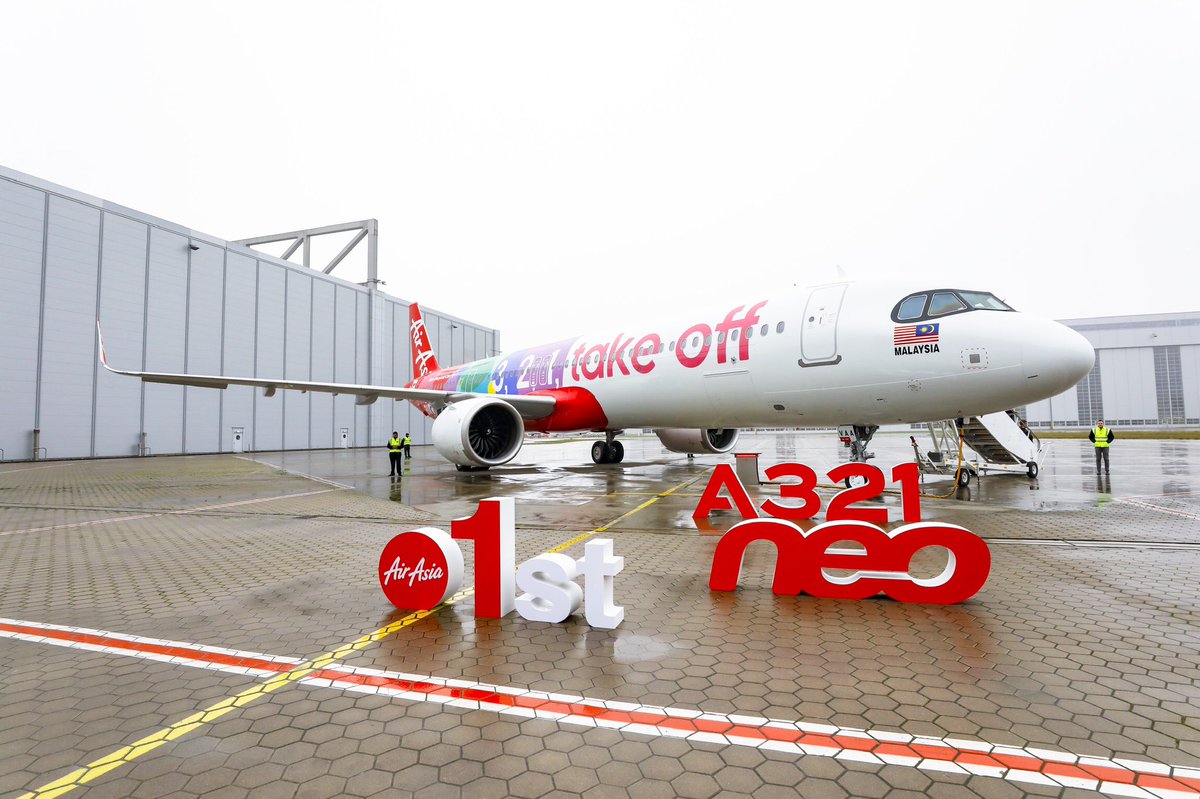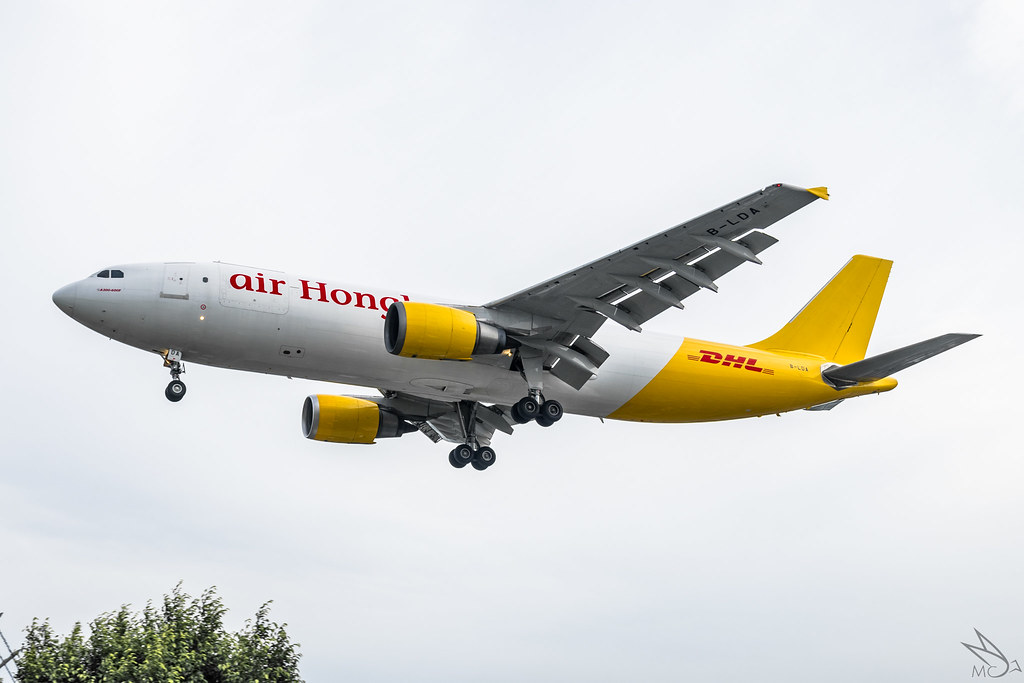Takes A321neo to Address Growth
22 November 2019

Philippines AirAsia, Inc.(PAA) is acquiring Airbus A321neos to upgrade its existing fleet of Airbus A320s beginning next year, the Company official said yesterday.
“We continue to achieve our operational goals with our existing 24 A320s. Investing in newer additional aircraft will be advantageous for any airline in a slot-constrained environment,” Philippines AirAsia Chief Executive Officer Ricky P. Isla said in Hmaburg Thursday.
Isla said the PAA fleet of thirty (30) A321neos is already included by the AirAsia Group orders for 353 planes from Airbus.
“In fact, the delivery of this particular model is part of AirAsia’s plan to move from its existing fleet of A320neo aircraft to the larger A321neo”, says Isla.
AirAsia Berhad revealed the order for the A321neo at the Paris Air Show this year and announced the conversion of 253 A320neos to the larger A321neos types. This will make AirAsia the largest A321neo operator in the world.
The larger A321neo offers 50 seats more over the current A320neos. The existing fleet of A320s seats 180 passengers. It also provides 40% more cargo space for services to routes they currently operates.
“Eventually, majority of our aircraft will be A321neos and this is across the whole fleet,” AirAsia Group Aircraft Planning & Evaluation Head Matthew Glaus said at the delivery Center.
PAA said the new aircraft will be use for destinations in Hong Kong, China, Korea, Japan, and Malaysia. It will also service Cebu, Davao, Iloilo, and Bacolod from Manila.
Limited airport slots, particularly in Manila’s Ninoy Aquino International Airport, are a consideration in tapping these A321neos as PAA growth stagnate for lack of capacity increase.
“Eventually, the standard will be the A321neo aircraft across our fleet including the Philippines,” Mr. Glaus said.
AirAsia’s current fleet consists of 194 A320CEOs (68 fitted with Sharklets), 40 A320Neos, 36 A330s, and two A330Neos. It has backlog orders for 13 A320Neos, 352 A321Neos, 30 A321XLRs, and 78 A330-900Neos intended for Malaysia, Indonesia, Thailand, Philippines, Japan and India. The A333neos are intended for Air Asia X in Malaysia, Thailand, Indonesia, and the Philippines.
22 November 2019

Philippines AirAsia, Inc.(PAA) is acquiring Airbus A321neos to upgrade its existing fleet of Airbus A320s beginning next year, the Company official said yesterday.
“We continue to achieve our operational goals with our existing 24 A320s. Investing in newer additional aircraft will be advantageous for any airline in a slot-constrained environment,” Philippines AirAsia Chief Executive Officer Ricky P. Isla said in Hmaburg Thursday.
Isla said the PAA fleet of thirty (30) A321neos is already included by the AirAsia Group orders for 353 planes from Airbus.
“In fact, the delivery of this particular model is part of AirAsia’s plan to move from its existing fleet of A320neo aircraft to the larger A321neo”, says Isla.
AirAsia Berhad revealed the order for the A321neo at the Paris Air Show this year and announced the conversion of 253 A320neos to the larger A321neos types. This will make AirAsia the largest A321neo operator in the world.
The larger A321neo offers 50 seats more over the current A320neos. The existing fleet of A320s seats 180 passengers. It also provides 40% more cargo space for services to routes they currently operates.
“Eventually, majority of our aircraft will be A321neos and this is across the whole fleet,” AirAsia Group Aircraft Planning & Evaluation Head Matthew Glaus said at the delivery Center.
PAA said the new aircraft will be use for destinations in Hong Kong, China, Korea, Japan, and Malaysia. It will also service Cebu, Davao, Iloilo, and Bacolod from Manila.
Limited airport slots, particularly in Manila’s Ninoy Aquino International Airport, are a consideration in tapping these A321neos as PAA growth stagnate for lack of capacity increase.
“Eventually, the standard will be the A321neo aircraft across our fleet including the Philippines,” Mr. Glaus said.
AirAsia’s current fleet consists of 194 A320CEOs (68 fitted with Sharklets), 40 A320Neos, 36 A330s, and two A330Neos. It has backlog orders for 13 A320Neos, 352 A321Neos, 30 A321XLRs, and 78 A330-900Neos intended for Malaysia, Indonesia, Thailand, Philippines, Japan and India. The A333neos are intended for Air Asia X in Malaysia, Thailand, Indonesia, and the Philippines.



